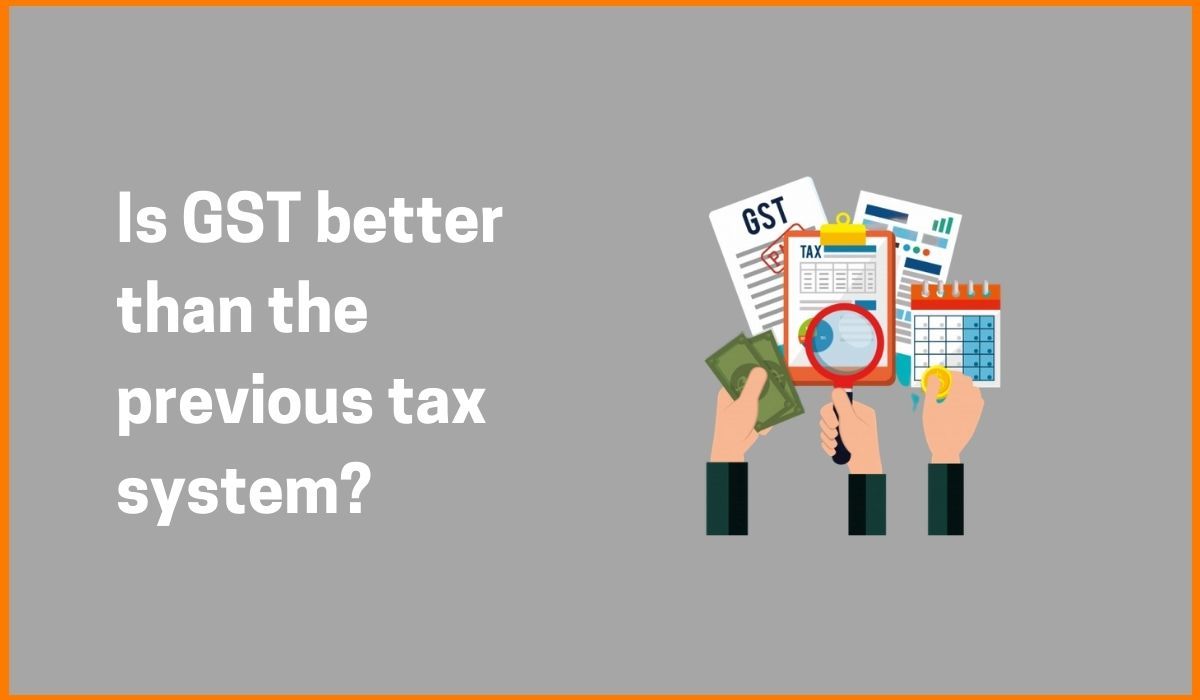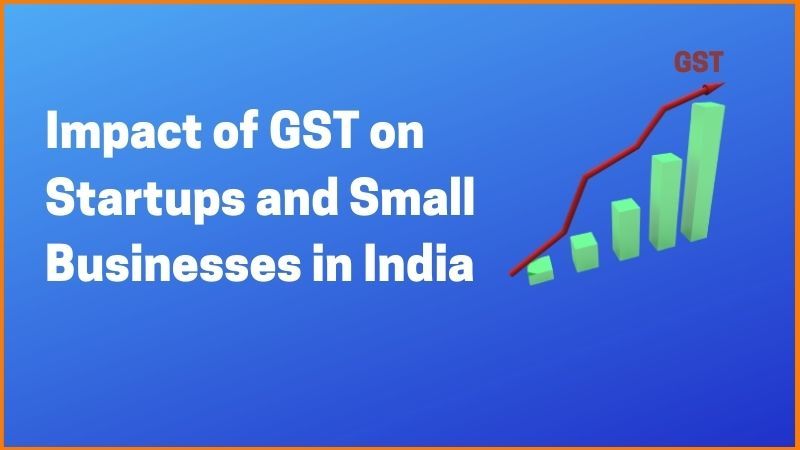Is GST better than the previous tax system?
GST
The question of which tax system is better is debatable. Before GST was introduced, the VAT system was followed in India. GST not only brought an excellent revolution in the Indian economy and society but also it increased the government revenue. Is GST practically better than the previous tax system?
What is GST(Goods and Services Tax)?
GST is considered as the most economically influential post-independence tax reformation in India as it has redesigned the whole concept of taxation. Being a consumption-based system, it is completely transparent and convenient than the previous tax structures. It has disregarded to society like tax-evasion and corruption on a greater level.
In a longer period, it did not only brought an amazing boost to the Indian economy and society but also the government revenue increased. It practically removed the main problem of the previous tax system which was cascading effect.
GST is a value added tax that is collected at every level in the supply chain process. In the earlier indirect tax time, in certain cases, the tax paid on commodities or services were not available for setting off the output tax liability. For example, the excise paid by manufacturers were not available for set-off against VAT.

What is VAT(the previous Tax structure)?
Most people are accustomed or aware of the VAT system even if they don’t run a firm or business. For instance, if you purchase any product or go to a hotel, in the lower part of the bill, you are likely to see an extra cost in the form of a percentage. This is called the value added tax, VAT.
VAT is a consumption tax levied on a product at each stage of the supply chain. VAT has been a major reform for India’s tax system when it was introduced around 2005. This change was desperately needed due to issues with India’s previous taxation system, where the cascading effect of taxes had a negative effect.
Is GST better than VAT

Educated Consumer
Previous tax regime was loaded with multiple taxes at the state level which included VAT, Entertainment Tax, Luxury tax, Taxes on lottery, betting and gambling, State Cesses and Surcharges, Octroi, Entry Tax and purchase tax. Multiple taxes at the central level were also levied which included Central Excise Duty, Additional Excise Duties, Service Tax, and Additional Customs Duty.
This multitude of levied tax kept the consumers confused and unsure on taxes being charged. Consumers were unable to check or verify the correct levy and payment of taxes, leading to consumers being overcharged on account of false taxes. GST is based on a PAN-India model tax system, consumers have become vigilant before paying taxes. GST being a “ONE NATION ONE TAX”, has helped rationalize and revolutionize the whole economy.
Reduction in Logistic cost
A leading logistics company recently said that after the implementation of the E-way bill and GST, heavy transport vehicles i.e. Trucks are covering 10-15% more distance as compared to earlier regime. In earlier regime trucks were hovering around 300-350 km per day, however, after the implementation of GST this distance has increased to 400-410 km per day. This has helped in the reduction of logistics costs. This reduction has brought India at the edge of a logistic revolution.
Eliminate The Cascading Effect
Cascading effect is a phenomenon of taxation that puts an extra burden on the end consumer. With the cascading effect in place, the taxes were levied on the value on which the previous buyer has already paid the tax. Thus, GST removed this tax on tax by bringing the concept of input tax credit that can be claimed at every stage by the seller or service providers.
Simple Online Procedure
The GST has brought in a new digital era in the Indian taxation system. All the process, right from the registration to the payment of taxes has been made online. This uniform e-registration is a considerable change as compared to the earlier decentralized multiple registration mechanisms.
Destination-based Taxation
With the onset of GST, the taxes were charged on the point of consumption, unlike the former tax structure that levied taxes on the place of manufacturing. This change from origin-based tax to destination-based tax has also significantly altered the revenue generation of producer states as well as consumer states.
Real Estate
The government has rationalized tax rates in the real estate sector from 12%/8% to 5%/1% also giving one-time option for ongoing projects to adopt the tax scheme. Home investors were forced to pay multiple taxes on real-estate buys in the pre-GST era, and in the post-GST period, they were forced to pay full taxes without benefit of ITC being passed to the consumers.
Thereby commodities were always overpriced. With this new tax scheme, consumers are ensured that they are bound to pay an amount with a full benefit of Input tax credit flowing to them without any discretion of suppliers.
The reduced tax burden on Tax Payers
The tax burden before GST on taxpayer was considerably high. With GST adaption, the tax burden has reduced significantly since all taxes are integrated, and the burden is split equitably between manufacturing and services. Certain taxes became part of the cost. Therefore, with the simple mechanism of GST, the cost burden has reduced by removing such effect and providing credit.

The GST components
CGST
Central GST is referred as CGST, applicable on supplies within the state. Tax collected to be shared with the Centre.
SGST
State GST is referred as SGST, applicable on supplies within the state, whatever tax collected will be shared to State.
UTGST
Union Territory GST is referred as UTGST, applicable on supplies within the union territory.
IGST
Integrated GST is applicable on interstate and import transactions. Hence, tax collected is shared between the Centre and State.
Conclusion
By implementing GST, the Indian government is looking forward to improving the economy by eliminating the cascading system of tax and controlling corruption in the business processes in India which were possible in the previous tax system.
Must have tools for startups - Recommended by StartupTalky
- Convert Visitors into Leads- SeizeLead
- Payment Gateway- Razorpay
- Spy on your Competitors- Adspyder
- Manage your business smoothly- Google Workspace





